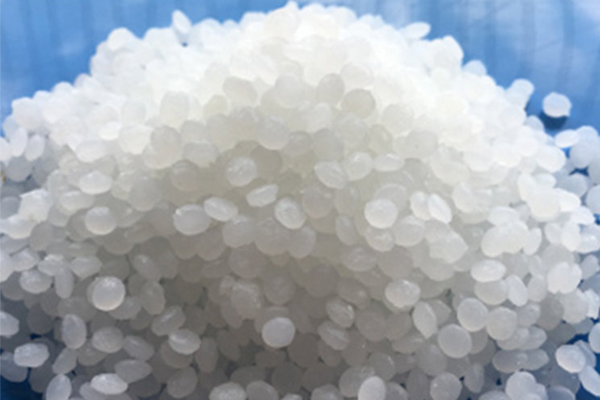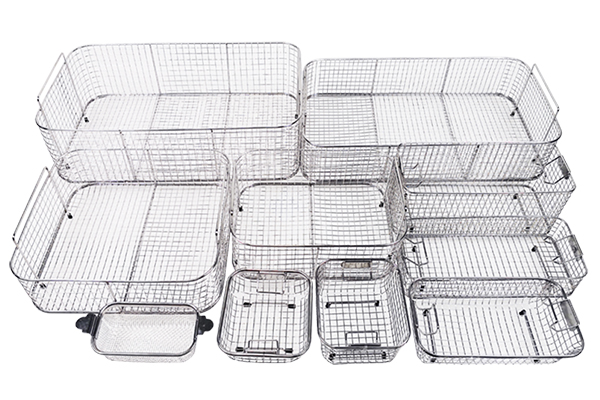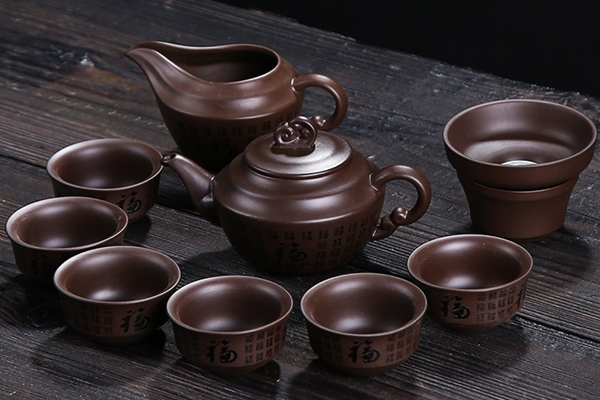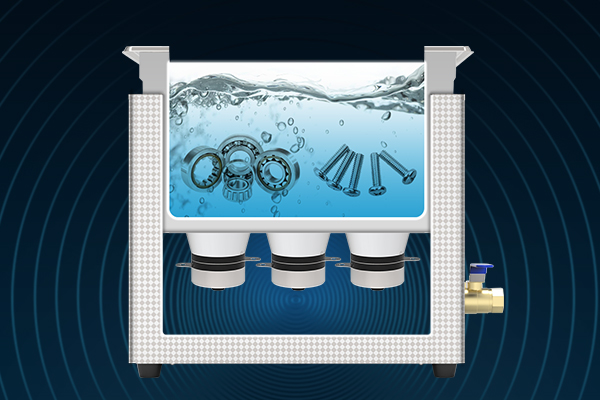The effectiveness of an ultrasonic cleaning machine is closely related to its power. The higher the power, the greater the intensity of sound waves in the cleaning tank, which leads to stronger cavitation effects. However, power is not simply better when higher. If the power is too high, it may damage the surface of delicate parts, even causing pitting. Therefore, selecting the appropriate ultrasonic power is critical for ensuring the cleaning performance. For parts with strongly adhered dirt, if the power is insufficient, even with extended cleaning time, the results may still be limited. However, with adequate power, contaminants can be removed quickly.
If the ultrasonic power is too large, cleaning effects improve significantly, but it may also cause cavitation corrosion on the surface of the transducer, leading to potential equipment damage. Therefore, choosing the correct ultrasonic power ensures effective cleaning without damaging the parts.
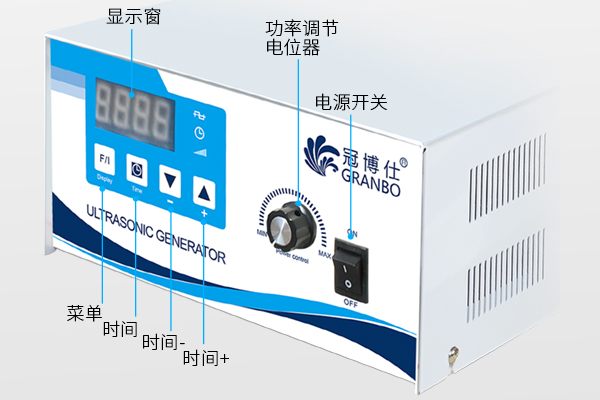
The Role of Ultrasonic Frequency in Cleaning Performance
The frequency of the ultrasonic cleaning machine determines the size and distribution of cavitation bubbles during the cleaning process. At lower frequencies (20-40 kHz), larger cavitation bubbles form, and when they collapse, they exert a greater force, making them suitable for removing stubborn dirt particles such as oil, metal shavings, and grime. This frequency is ideal for larger or simpler parts.
Higher frequencies (68-120 kHz) produce smaller, more uniform cavitation bubbles, providing a gentler cleaning effect. These are ideal for cleaning delicate parts with intricate structures, small gaps, deep holes, or blind holes. Higher frequency ultrasonic waves are not only able to penetrate and clean complex surfaces but also avoid excessive cavitation effects that could damage the part. Thus, selecting the appropriate frequency based on the material and complexity of the parts is key to achieving optimal cleaning results.
The Impact of Cleaning Liquid on Cleaning Efficiency
The type and properties of the cleaning liquid are crucial in ultrasonic cleaning. The cleaning liquid primarily falls into three categories: aqueous, semi-aqueous, and solvent-based solutions. Choosing the right cleaning liquid can enhance the cleaning process and assist in the removal of contaminants. Several factors of the cleaning liquid influence the effectiveness of ultrasonic cleaning:
- Wettability: The better the wettability of the cleaning liquid with the object being cleaned, the greater the molecular attraction between the liquid and solid, improving the transmission of ultrasonic waves. This helps with the chemical dissolution and detachment of contaminants.
- Viscosity: Liquids with higher viscosity tend to have greater ultrasound propagation loss and a weaker cavitation effect. Therefore, using a low-viscosity cleaning solution is preferable as it allows for more active cavitation, improving cleaning efficiency.
- Surface Tension: The higher the surface tension of the cleaning liquid, the greater the negative pressure required for cavitation bubbles to form and grow. This leads to higher cavitation intensity upon collapse, which helps in cleaning. An ideal cleaning liquid should have moderate surface tension to promote effective cavitation.
Temperature of Cleaning Liquid and Its Influence on Cleaning Results
Temperature is another important factor that affects ultrasonic cleaning performance. Raising the temperature of the cleaning liquid enhances its chemical cleaning power, reduces surface tension, and decreases viscosity, all of which facilitate cavitation. Typically, higher temperatures improve cleaning efficiency, especially when dealing with oils, grease, and other organic contaminants.
However, for flammable solvents, it is important to exercise caution and follow safety procedures, as excessive temperature could pose safety risks. For these solvents, it is important to maintain a safe operational temperature.
Additional Factors Affecting Ultrasonic Cleaning Effectiveness
Apart from power, frequency, cleaning liquid, and temperature, the design and operation of the ultrasonic cleaning machine also play a significant role in its performance. For example, the flow rate of the cleaning liquid may affect cleaning efficiency in certain cases. When using a circulation filtration system, if the flow rate is too fast, the cavitation bubbles that form may not have enough time to collapse before being carried away by the flow, reducing cleaning effectiveness.
Moreover, additional features such as frequency sweeping, standing wave elimination, and mechanical agitation can further improve cleaning efficiency. These methods help to ensure an even distribution of cavitation bubbles throughout the cleaning tank, which boosts cleaning performance.

